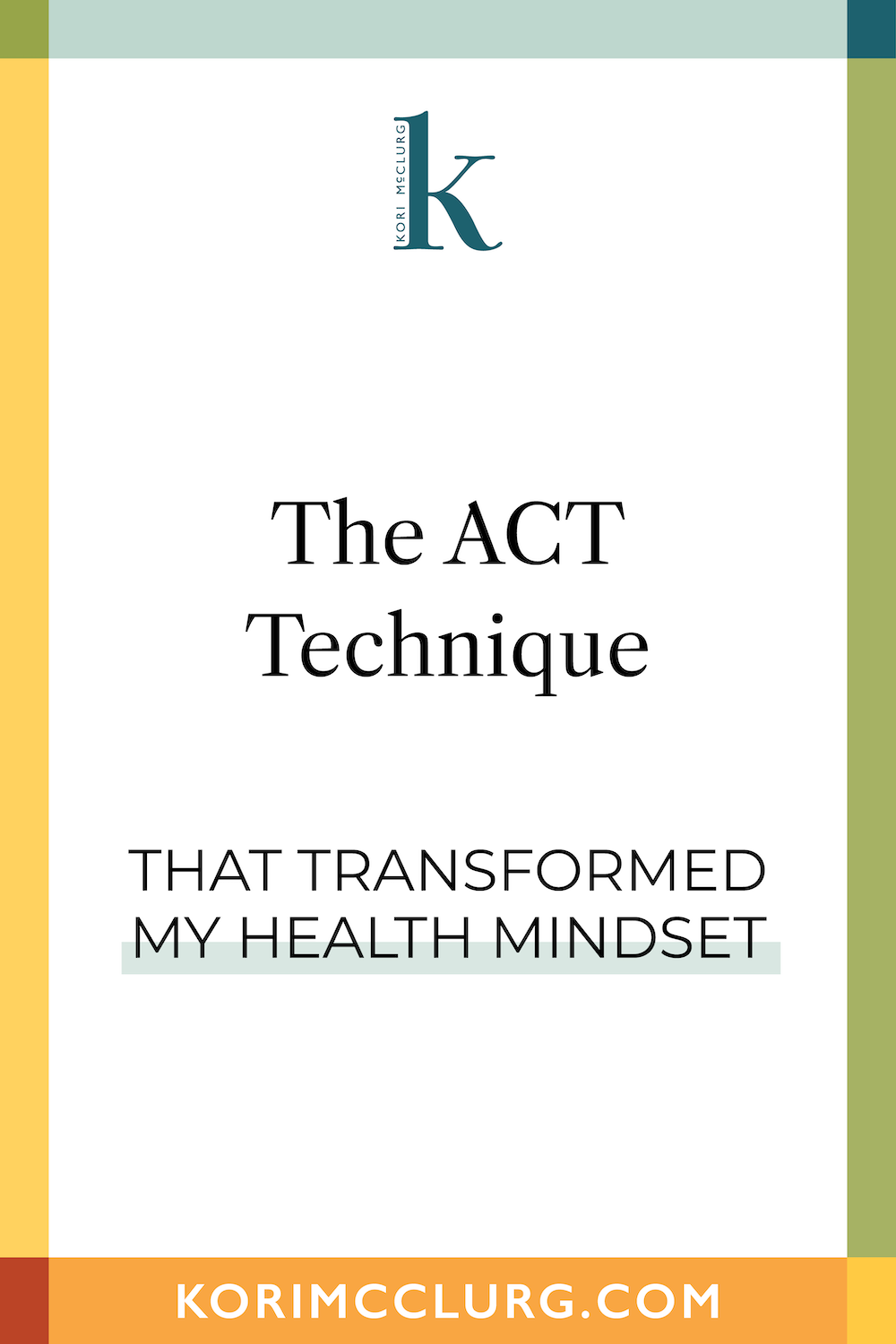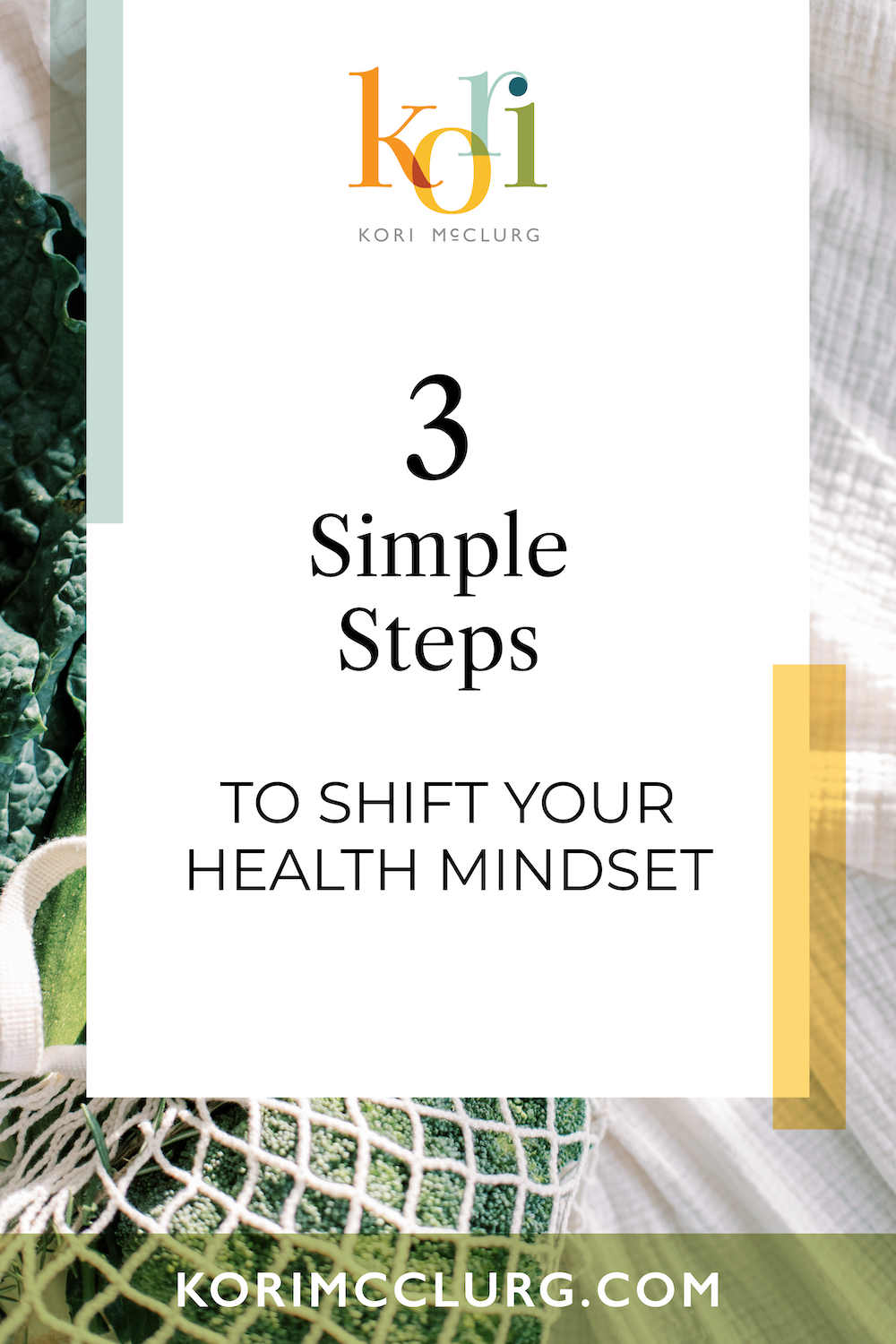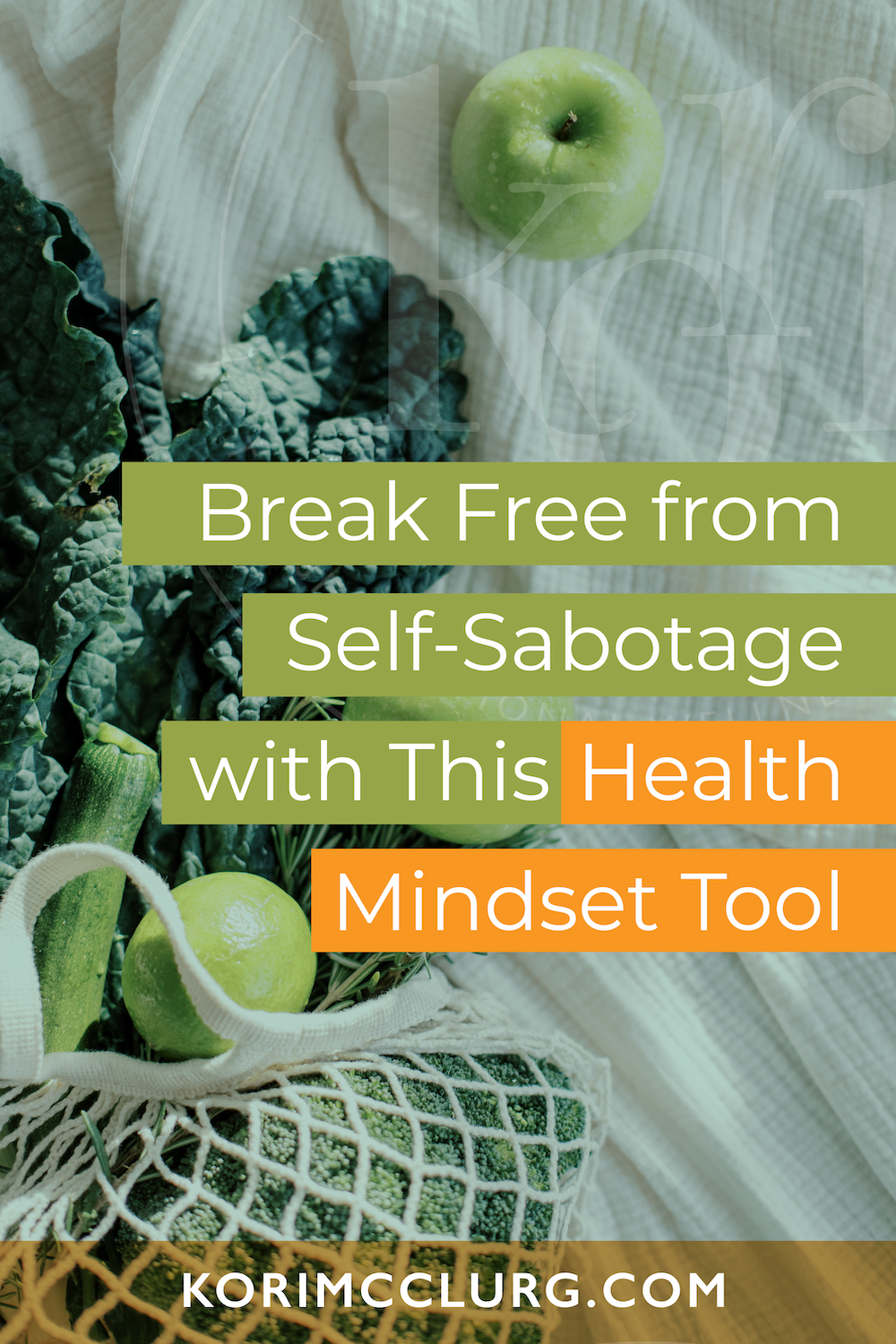I want to share a powerful tool that can help you break free from limiting thoughts and negative patterns that may be holding you back. If you’ve ever felt stuck in a situation or bogged down by your own thoughts, this technique can help you reframe your thinking and regain a sense of clarity and empowerment.
It’s called the ACT Technique—and while I didn’t come up with it myself, I’ve found it incredibly helpful. I first learned about it from Annie Grace, and it’s one of those tools that sticks with you because of its simplicity and effectiveness.
Let’s break it down:
What is the ACT Technique?
ACT stands for Awareness, Clarity, and Transformation (sometimes called Turnaround). It’s a step-by-step process that helps you move through the mental blocks that might be in your way and achieve a health mindset.
While it’s simple, it’s powerful, and it’s designed to help you move from being stuck in your thoughts to taking meaningful action.
Here’s a quick rundown of each step:
- A: Awareness
- C: Clarity
- T: Transformation
Let’s dive into each of these, and I’ll walk you through how you can use them to shift your mindset.
Step 1: Awareness
The first step in the ACT Technique is awareness, and it’s often the hardest part. So many of us walk around with negative thoughts or feelings that we aren’t fully aware of. Maybe something is bothering you, but you can’t quite put your finger on it. You might feel unsettled, frustrated, or overwhelmed, but don’t know why.
Here’s the key: just recognizing that something is off is a huge step forward. It’s the first signal that you’re on the path to change. When you notice that something’s bothering you, take a moment to pause and reflect. What’s really going on beneath the surface?
It might take a few moments of introspection or journaling to pinpoint what’s actually bothering you. Sometimes, it’s not just one thing—it could be multiple thoughts, worries, or concerns that are mixing together in your mind. It’s okay if it feels messy or unclear at first. The goal is simply to identify the core issue. What is causing the discomfort? Once you have that awareness, you can move on to the next step.
Step 2: Clarity
Once you’ve identified what’s bothering you, the next step is to gain clarity. This means digging deeper into how this issue is affecting you—both emotionally and behaviorally. What is this situation making you feel? How is it influencing your actions or reactions?
Sometimes, we avoid fully feeling our emotions because we don’t want to confront them. But clarity requires you to get real with yourself. This might be uncomfortable, but it’s necessary for transformation.
You might want to write out your thoughts, especially if it’s a big issue. When you can externalize it (through journaling, for example), you begin to see patterns or even uncover deeper layers of the problem. As you explore these thoughts, ask yourself questions like:
- How does this situation make me feel right now?
- How is it impacting my behavior or choices?
- Where did these thoughts come from? Are they truly mine, or did I inherit them from someone else (e.g., an influential adult, past experiences, etc.)?
Sometimes, the clarity you need isn’t just about the situation itself but understanding the origin of your thoughts. This can be a real game-changer when you realize that some of the things that bother you aren’t even your own beliefs—they’re inherited or learned from others.
This step can take time, and it’s okay if it’s not an instant process. The goal here is to understand the full scope of the issue you’re dealing with, so don’t rush through it.
Step 3: Transformation (or Turnaround)
Now that you have awareness and clarity, the final step is transformation. This is where you shift your thinking, but it’s important to note that you won’t always go from a negative thought to an overly positive one in a single leap. That kind of sudden shift isn’t realistic and often leads to frustration.
Instead, think of this step like climbing a ladder. If you’re at the bottom of the ladder—feeling really down or negative—what’s one step up from that? For example, if you’re telling yourself, “I’m a failure,” instead of jumping all the way to “I’m a success,” try something more realistic like, “I’ve faced challenges before and overcome them,” or “I’m doing the best I can, and that’s enough for now.”
This process is about finding a new perspective that feels more aligned with reality. You’re not trying to force yourself to believe something that feels impossible, but rather seeking something that feels true and empowering, even if it’s a small shift. Over time, these small shifts add up and create a more positive mindset.
Sometimes, this step is about finding evidence to counter the negative thought. For instance, if you’re someone who often tells yourself, “I never follow through,” you can remind yourself of times when you did follow through—maybe it was completing a project at work, finishing a book, or simply getting through a tough week. These are the “rungs” of the ladder that can help you move from negative thinking to more balanced, realistic thoughts.
Putting It All Together for a Health Mindset
The beauty of the ACT technique is that it gives you a structured way to process difficult emotions and thoughts. When you’re feeling overwhelmed or stuck, you can apply this simple method to help you work through the situation step by step.
- A: Awareness – Notice what’s bothering you.
- C: Clarity – Understand how it’s affecting you and where it’s coming from.
- T: Transformation – Shift your mindset gradually, finding more empowering and realistic perspectives.
It doesn’t have to be dramatic. The goal isn’t to eliminate all negative thoughts right away, but to create momentum toward a healthier, more constructive way of thinking.
If you’re facing something that keeps coming up in your mind, don’t be afraid to revisit these steps. Sometimes, we need to keep working through a thought until we can finally transform it into something that empowers us.
Final Thoughts on the ACT Technique for a Health Mindset
I’ve found that using the ACT technique has helped me get out of my own way many times. It’s a great tool for anyone feeling stuck or overwhelmed by negative thinking. And, remember, it’s okay if it takes time—this is a process. The important thing is that you’re taking steps toward a better mindset, and every small shift you make is progress.
I hope this technique helps you, too! If you want to hear more from Annie Grace herself, I’ll include a link below to her original explanation of the ACT technique.
Take care, and remember: awareness, clarity, and transformation can help you get out of your own way and achieve a health mindset.
By using this approach regularly, you’ll begin to notice more peace and clarity in your life, and the things that once felt like roadblocks will start to lose their power over you.
For another perspective, here’s Annie explaining ACT in an the context of a thought around alcohol:
I also did an episode on this topic as it relates to having a health mindset on my Get Out of Your Own Way podcast. Check it out below.
Save for later—Pin This Post!





If you liked this post, I think should read these too:
November 8, 2024
All content ©Kori McClurg 2025
Branding & Site Design by Moriah Riona Branding
All content ©Kori McClurg 2025